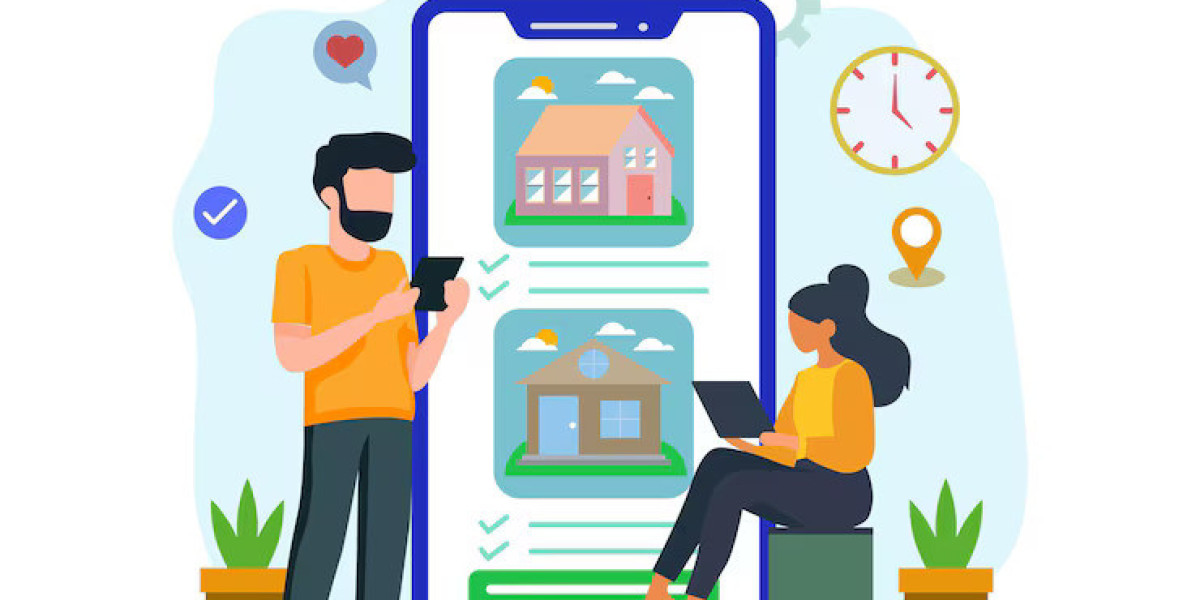The on-demand app market has revolutionized how consumers access services, especially in the home service industry. Whether it’s for cleaning, plumbing, or repairs, customers now prefer the convenience of booking services at the tap of a button. If you’re considering launching your own home service app or you’re already in the process, this guide will help you navigate the important aspects of your app and ensure its success.
Why On-Demand Apps Are Essential for Home Services
The home service industry has grown tremendously in the last few years. With the increasing reliance on technology and the demand for convenience, home service apps have become a must-have for both customers and service providers.
Convenience for Customers
One of the primary reasons home service apps are in demand is the level of convenience they offer. In the past, customers had to call service providers, schedule appointments, and wait for technicians to arrive. Today, with just a few taps on an app, users can book services anytime, track their service provider in real-time, and make payments digitally.
Benefits for Service Providers
On-demand apps also benefit service providers by giving them access to a larger customer base. These platforms often feature a streamlined process for service bookings, leading to more business opportunities. With features like customer ratings, service history, and payment tracking, providers can increase their efficiency and customer satisfaction.
Key Features of an On-Demand Home Service App
When building or choosing an on demand home service app solution, make sure the platform includes these critical features:
1. User Profile and Registration
A solid user registration process is crucial. The app should allow users to create an account easily, providing essential details like their name, address, payment methods, and preferences for services.
2. Service Categories
To cater to a wide range of home service needs, the app must include multiple service categories. These can range from cleaning, electrical work, plumbing, to furniture repair, pest control, and more. Having an extensive list of services ensures you attract a broad customer base.
3. Booking System
An efficient booking system allows customers to book services at their convenience. The app should include an option for users to choose the time, date, and type of service they need. It’s also essential to allow instant bookings for emergencies or last-minute needs.
4. Real-Time Tracking
For customers who want to know exactly when the service provider will arrive, real-time tracking is a game-changer. Integrating GPS into your app will enable users to track the service provider’s location and get an estimated time of arrival.
5. Secure Payment Integration
With cashless transactions becoming the norm, integrating secure payment gateways is vital. Offer multiple payment options, including credit cards, digital wallets, and other online payment systems, to cater to various preferences.
6. Ratings and Reviews
Customer feedback is invaluable for both service providers and users. Implement a system where customers can rate and review the service they receive. This builds trust within your community and helps service providers improve their performance.
7. In-App Chat and Support
Sometimes, customers have questions or issues that need immediate attention. An in-app chat feature offers real-time communication with customer support. This feature should be responsive to ensure timely resolution of problems.
8. Notifications and Alerts
Push notifications keep both customers and service providers informed about booking confirmations, appointment reminders, and updates on service status. These notifications improve communication and reduce the chances of missed appointments.
9. Admin Dashboard
For the app’s administrator, a backend dashboard is essential to monitor bookings, track payments, manage service providers, and maintain customer records. This feature ensures the smooth operation of the app and allows for data analysis.
Monetization Strategies for Your Home Service App
While developing your home service app, you need to think about how to make it profitable. Here are a few monetization options:
1. Service Fee
Charging a small service fee on each booking is the most straightforward way to generate revenue. This fee can either be a flat rate or a percentage of the total service cost.
2. Subscription Model
Offering subscription plans for regular customers can provide steady revenue. For instance, you can offer discounts or special benefits for users who opt for monthly or yearly subscriptions.
3. Ads and Promotions
In-app advertisements or sponsored listings can also generate income. Service providers can pay to be featured more prominently in the app, and this can be a win-win situation for both you and the providers.
4. Premium Features
Another way to monetize your app is by offering premium features for customers or service providers. Premium features can include priority booking, additional services, or advanced reporting tools for service providers.
How to Market Your On-Demand Home Service App
Once you’ve developed your app, it’s time to get the word out. Here are several strategies for marketing your on-demand home service app:
1. Targeted Digital Marketing
Leverage social media, SEO, and paid advertising to target potential customers. Use platforms like Google Ads, Facebook, and Instagram to create campaigns that reach homeowners in need of specific services.
2. Referral Programs
Word-of-mouth marketing works well in the home service industry. Offer incentives for users who refer your app to friends or family. This can help you grow your customer base without much additional cost.
3. Partnerships with Local Service Providers
Partnering with local businesses and service providers can expand your reach. Form partnerships with well-known brands or service providers, which can attract their existing customers to your platform.
4. Content Marketing
Use blog posts, tutorials, and video content to show the benefits of your home service app. Provide value-added content related to home maintenance, tips for choosing service providers, or trends in home services to keep users engaged and drive traffic to your app.
Best Practices for Your On-Demand Home Service App
Before diving into specific practices, it's important for startups of on demand apps to focus on the core principles that will make your on-demand home service app effective and user-friendly.
1. Keep It Simple and User-Friendly
The user interface should be simple and intuitive. Avoid cluttering the app with unnecessary features or complex processes. A clean design will make it easier for users to navigate and book services.
2. Ensure Safety and Trust
Home service apps often require users to invite strangers into their homes, which can be a concern for some. To build trust, implement background checks for service providers, provide insurance coverage, and highlight customer reviews and ratings to help users feel confident in their choices.
3. Test and Improve Regularly
Your app should never be static. Continuously gather user feedback, test new features, and update the app regularly. This keeps the app fresh, relevant, and engaging, which in turn drives customer retention.
Conclusion
Home service apps are transforming how people manage home repairs, maintenance, and upgrades. With the right features, a solid marketing strategy, and attention to user needs, your on-demand home service app can thrive in this growing industry. By focusing on ease of use, customer satisfaction, and offering a variety of services, you can position your app for success and stand out in a competitive market.



